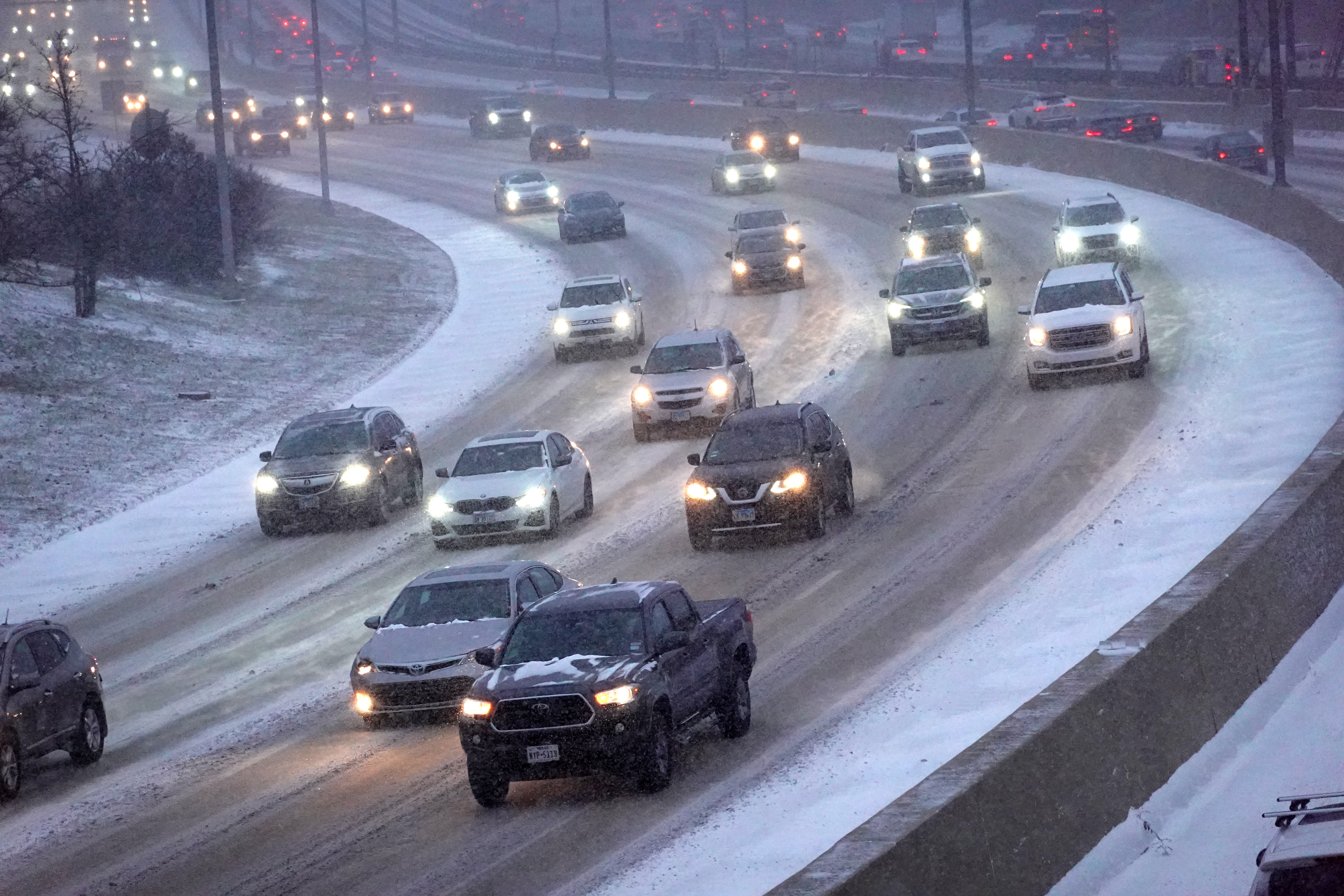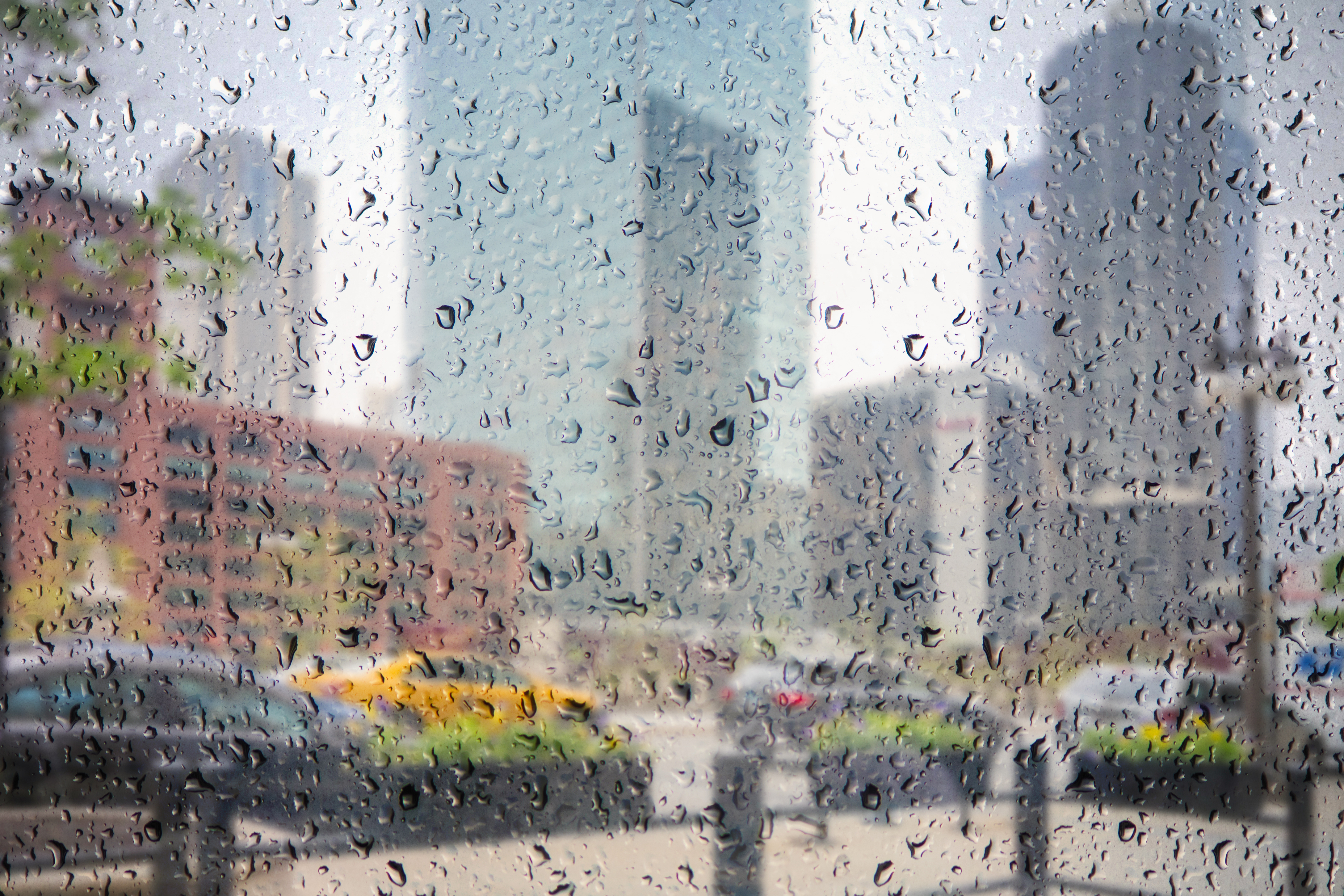An historic geomagnetic storm gave Chicago-area residents and millions of others in the Northern Hemisphere a spectacular display Friday evening, triggering the Northern Lights at areas much further south than normal.
A light show encompassing a large portion of Canada and stretching as far south as northern Alabama occurred as coronal mass ejections, large expulsions of plasma and magnetized particles from the sun, approached the Earth. This time around, the Northern Lights, also known as aurora borealis, could emerge in places where they usually aren't seen.
As the solar storm continues, many are wondering if it will be possible to take in the phenomenal sight once again Saturday night.
Though forecast models are unreliable at predicting auroras, there will be a possibility to catch the Northern Lights once again on Saturday, albeit with less intensity, according to NBC 5 Storm Team meteorologist Kevin Jeanes.
While it's uncertain if an aurora will be visible Saturday, clearer skies should improve visibility in the event that the Northern Lights appear in the Chicago area.
Early Saturday morning, the National Oceanic and Atmospheric Administration issued a G5 geomagnetic storm watch, noting that "storming of varying intensity" is expected to persist through at least Sunday.
The NOAA also noted that there have been reports of power grid issues and degradation to GPS and other high-frequency communications.
While visibility will depend on weather, the map below shows the probability of an aurora Saturday evening, with the Chicago area appearing to be at around 50%.

According to the NOAA, a G5 storm brings "extreme" conditions, which can lead to voltage control problems, outages of high-frequency radio propagations and possible damage to power grids and transformers.
Feeling out of the loop? We'll catch you up on the Chicago news you need to know. Sign up for the weekly Chicago Catch-Up newsletter.
Weather
More information on the NOAA geomagnetic storm scale can be found here.
The "very rare" solar storm arrived earlier than expected on Friday, spurring the NOAA to issue its first rare geomagnetic storm warning since 2005.
Michelle Nichols, director of public observing at the Adler Planetarium, explained that the sun is unleashing material toward Earth, which impacts the magnetic field.
"Some of the material has been stirred up in the magnetic field, and it has been streaming down toward the earth’s poles, interacting with gases in our atmosphere and causes the gases to glow," she said.
It’s not clear exactly when your best chances are to see the northern lights, but Nichols said try to go out when it’s clear. She also shared a few other pieces of advice for the best viewing experience.
"Get out when it's dark, get away from light pollution," Nichols stated. "Auroras tend to be dim, so away from city lights."
If you can't travel, you might not be totally out of luck.
"Put bright lights to your back," she recommended. "You might not see, but there’s a better chance."
If you can’t see the northern lights with your own eyes, your cell phone's time-lapse camera might pick up a cool shot.
And while humans aren’t in danger, power grids and satellite communications could possibly be affected.



